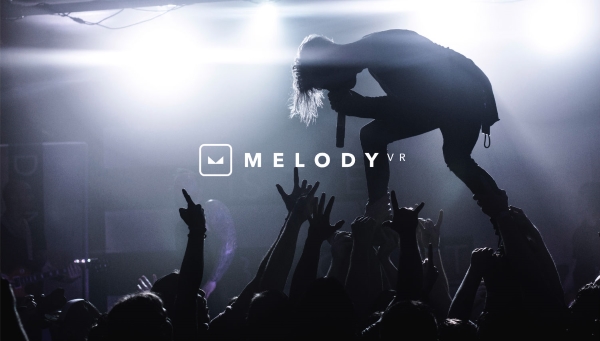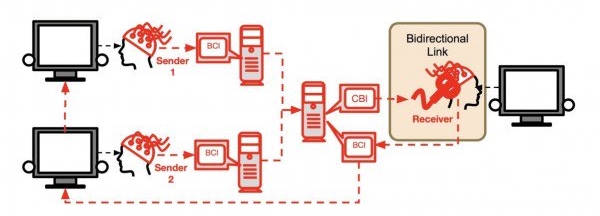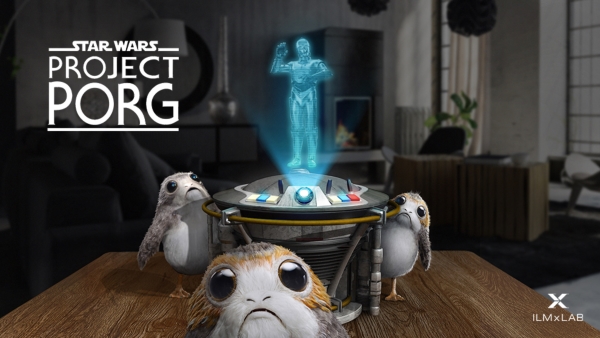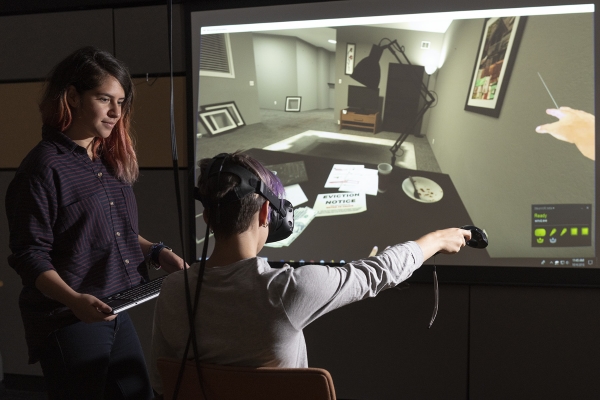Call for Papers
WiderScreen
Journal Special Issue (2/2019): Sexuality & Play in Media
Editors: Ashley Brown, Laura Saarenmaa, Veli-Matti Karhulahti
Abstracts deadline: November 15, 2018
WiderScreen is a Finnish open-access scientific journal that centers on multimedial, digital, and audiovisual media culture. It is recognized as a quality peer-reviewed academic publication channel by the Finnish Publication Forum (Jufo).
It is our pleasure to announce a call for papers to a special issue Sexuality & Play in Media, to be published in September 2019. We look forward to submissions concerning all intersections of sexuality and play(fullness) across media, both analog and digital and everything beyond. Marginal and unexplored topics are especially welcome. Unconventional approaches, methods, and styles of expression are highly encouraged.
If you are expert and wish to volunteer for review, please write the editors. In return, you will have a reply with a smiley 🙂 and our sincere gratitude.… read more. “Call: WiderScreen issue on Sexuality & Play in Media”



